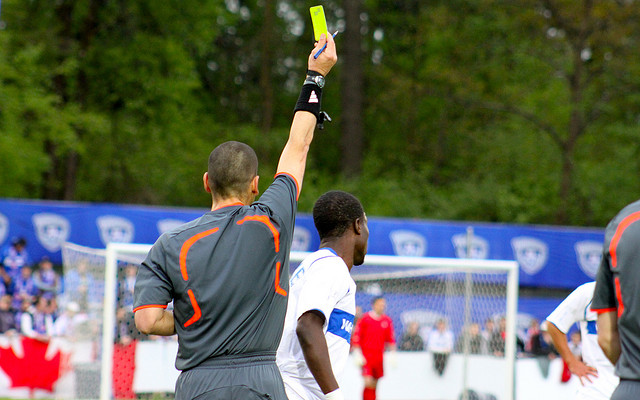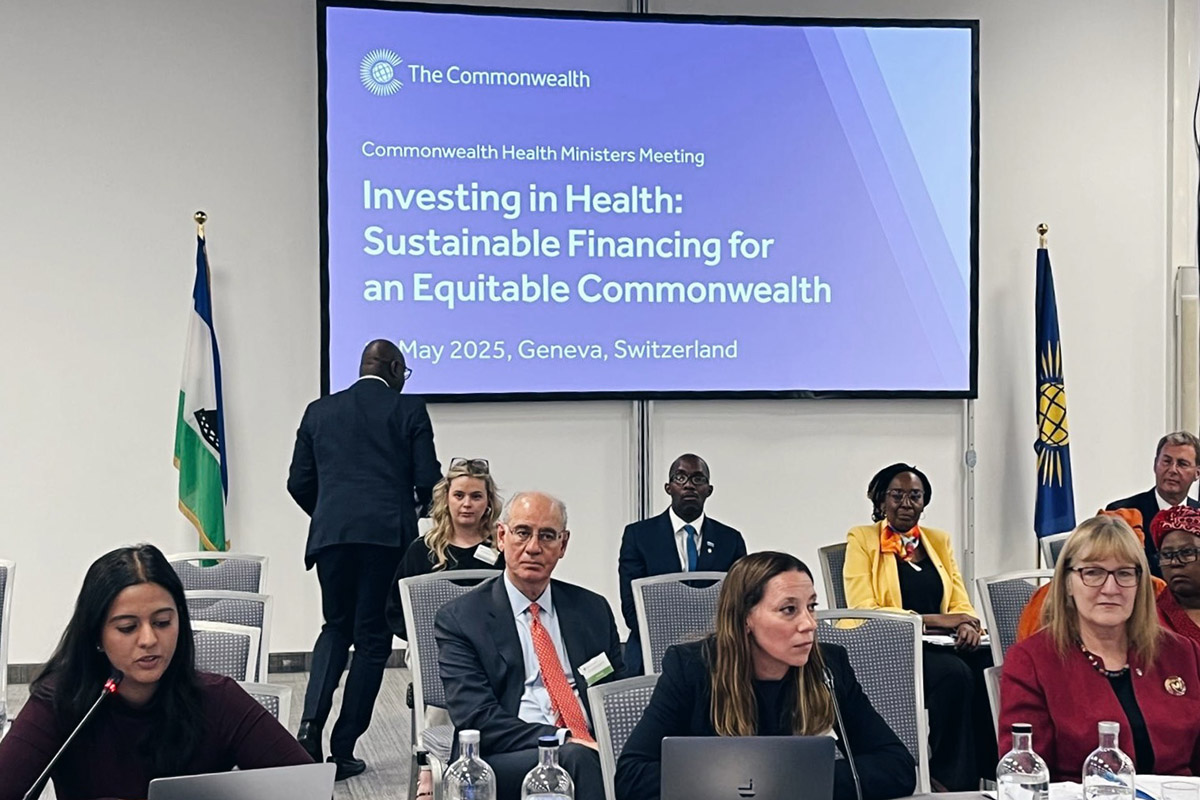"Sport for Development and Peace gets a yellow card"
October 29
Sport can be a powerful means of promoting development, but Malcolm McEachern, 22, a Correspondent from Halifax, Canada, now living in the UK, argues that without adequate funding and rules the programs can fall short of their goals.
The recent success of the Commonwealth Games in Glasgow, Scotland, highlights that sport is truly an international language. Stadiums were filled with supporters from around the globe cheering for participating athletes from 71 countries and territories.
In recent times, it has become evident that competition is not the only use for sport. Sport has become the trending approach for progression in less developed countries, though the ‘Sport for Development and Peace’campaign (SDP). The rise of SDP is the direct result of the understanding that sport makes a positive contribution to development, from public health all the way to peace building and conflict resolution. However, the popularity of SDP glosses over flawed tactics and shortfalls which are hurting the potential of this phenomenon. In sporting parlance, it has been awarded a yellow card for its inefficiencies to date.
A familiar SDP charity called ‘Right to Play’ interacts with children who are not involved or show promise with sport. The goal is simple – to improve children’s health and community development through sport. A multitude of organisations similar to Right to Play exist. SDP projects are considered a ‘high impact, low cost’ tool, making them attractive to use for developmental purposes. The UN acknowledges the creativity and potential success these organisations can provide, as they named 2005 the ‘Year of Development and Peace through Sport.’ The United Nations Human Rights Commission (UNHCR) has found their partnership with SDP organisations beneficial, especially in refugee camps.
SDP differs in its approach, but is often compared to the efforts to assist sport development in poorer regions of the world. Sport development explicitly focuses on training of athletes, coaches, and improvement of facilities and equipment. Large sporting organizations such as the International Olympic Committee (IOC) operate programs to enrich the sporting experience of athletes, coaches and volunteers. Programs are also conducted by corporations such as Nike and even fundamentalist churches which dedicate time and effort into promising athletes. These programs do make a difference, but only to the lives of an exclusive group. There is a limit to what ‘sport development’ programs can accomplish in terms of helping an entire community in need. In most cases these programs take athletes and coaches out of their own country, causing a loss of sporting leadership. If the purpose of these programs is to enrich communities, then not engaging with everyone is a setback.
To ensure that this development method can be effective, it is imperative that funding improve. Western countries contribute to funding development projects across the globe, but not enough is dedicated to SDP projects. The UN has taken the leading steps to push forward SDP projects by including it in the Millennium Development Goals. These objectives seek to tackle a variety of development issues including, eradicating poverty, achieving universal primary education, the promotion of gender equality and combatting deadly diseases to name a few. The UN has been effective in raising awareness; however, in order to truly see the impact SDP development projects can have, national governments must increase their funding.
A harsh reality of SDP organisations is that they are ‘donor-defined’, meaning the donors or funders have set a target for their mission, and it usually does not involve consulting the local communities on their needs. The projects run the risk of not pertaining to the specific needs of each community and, as with any competitive sport, negative attributes such as exclusivity, cockiness and gloating can be promoted in the community. These do not transfer well into a needs-based programming. Donors may like these initiatives, but it does not mean that they are sensitive to the communities in need.
More traditional multilateral development organisations have community development at the heart of their cause; setting up a sports structure is top priority for SDP organisations, making development second. This is perhaps the reason that major development agencies such as the World Bank and the International Monetary Fund have not incorporated SDP initiatives. Sport is not regarded by these institutions as a catalyst for serious social changes; it is merely perceived as a recreational instrument.
The yellow card is a caution to SDP programs. To avoid receiving a red card SDP must correct its funding faults, avoid ‘top- down’ agenda setting, and ensure development implementation is needs and asset based. SDP is a creative approach towards international development that shows promise; however, much needs to be done to ensure SDP can be as inclusive as other humanitarian approaches.
photo credit: Jeffery Simpson via photopin cc
…………………………………………………………………………………………………………………
About me: I recently completed my B.A. in Politics & International Relations at the Royal Holloway University of London, where I studied a wide range of topics, from political theory to South Asian politics, and Post-Cold war defense.
My main interests include security studies, refugees, human rights, and international relations theory. I am applying for a Masters in International Security, and I aspire to work for an international organization that focuses on human rights.
…………………………………………………………………………………………………………………
Opinions expressed in this article are those of the author and do not necessarily represent the views of the Commonwealth Youth Programme. Articles are published in a spirit of dialogue, respect and understanding. If you disagree, why not submit a response?
To learn more about becoming a Commonwealth Correspondent please visit: http://www.yourcommonwealth.org/submit-articles/commonwealthcorrespondents/
…………………………………………………………………………………………………………………




